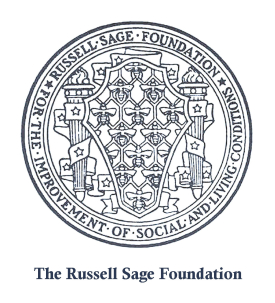About This Book
This booklet presents the report of the Committee on Lock-ups, Municipal and County Jails, of the American Prison Association on United States prisoners boarded out by the federal government. It discusses the origins of the boarding-out system, congressional action, three U.S. penitentiaries, federal reformatories, U.S. prisoners boarded out, the difficulties of reforming the county jail system, jail from the prisoner’s point of view, and suggestions for grand jury surveys of conditions under which federal prisoners are kept in county jails.
HASTINGS L. HART was the chairman of the committee of the American Prison Association and consultant in delinquency and penology at the Russell Sage Foundation.

